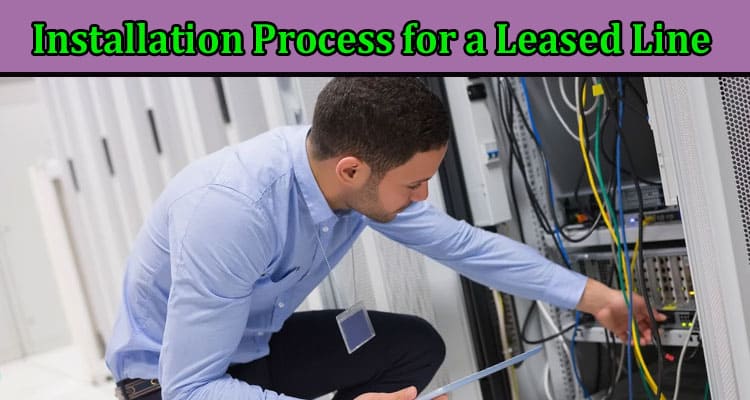A leased line is a dedicated fibre optic connection specifically designed for business internet connectivity. They are highly reliable and offer symmetrical download and upload speeds, making them a great choice for businesses with high data demands. This type of internet connection is also scalable and offers uncontended bandwidth, meaning there’s no sharing between users.
However, like any new technology there are often questions around the installation process and what to expect from a leased line. This article will take you through the leased line installation process in detail so you can understand what to expect and how long it may take to install your leased lines.
How does a leased line work?
There are a few different types of leased line available, the most popular being fibre to the premises (FTTP). This involves physical fibre cables that are laid underground between your premises and your internet service provider’s supply point. The data is transmitted via light pulses over the fibre. This technology is incredibly fast and, if you have a leased line with a service level agreement, you will benefit from an SLA which promises that any issues with your internet connection will be resolved within a set timeframe.
If you don’t have FTTP available at your premises, there is still the option of a hybrid leased line which uses traditional copper cables to get you connected to your local fibre cabinet and then switches to fibre from there. This is a good alternative to full FTTP and can be installed fairly quickly.
Once the site survey has been carried out, the cabling can be arranged. This can involve laying fibre optic cables underground or using existing copper infrastructure, depending on what’s already in place at your premises. During this phase, engineers will also establish termination points on both ends of the connection. These are the points where the leased line connects to your network equipment, such as routers.
When the cabling and termination points have been fitted, rigorous testing is undertaken to ensure the leased line is functioning correctly. If the test is successful, it will be handed over to your internet service provider.
If any issues are identified, it can sometimes be a while for the underlying fibre carrier to address these and resolve them. This is because they have a number of parties to manage and it may not always be immediately clear which part of the infrastructure needs attention. It’s important to choose the right managed connectivity provider for your business and work with them to help you find the best connections for your needs.
A leased line is a premium, high-speed internet connection and is therefore more expensive than other options, such as broadband. However, the benefits of having a leased line far outweigh the initial investment. This is particularly true for businesses who rely heavily on their connectivity and need to communicate with customers and partners remotely. If you’re considering a leased line, our team can help you to understand your options and provide quotes to compare prices.

